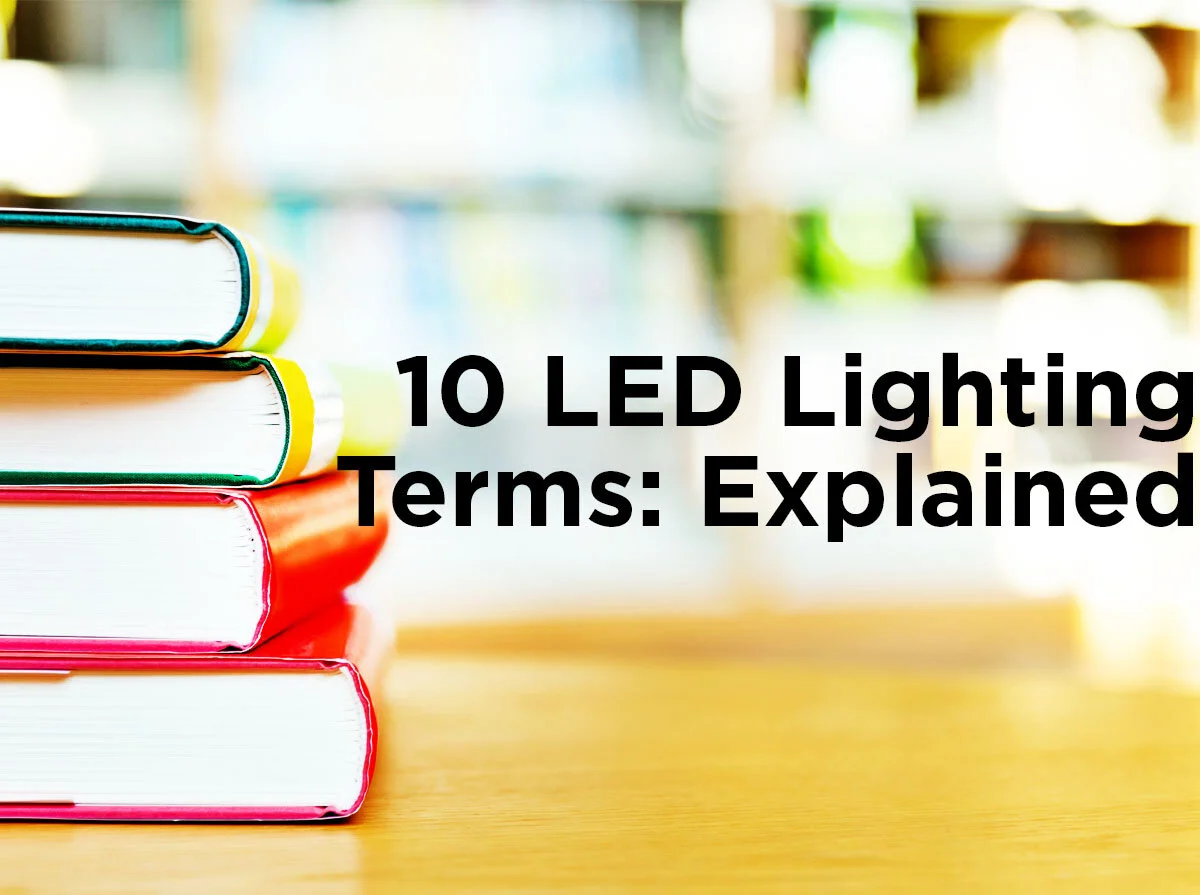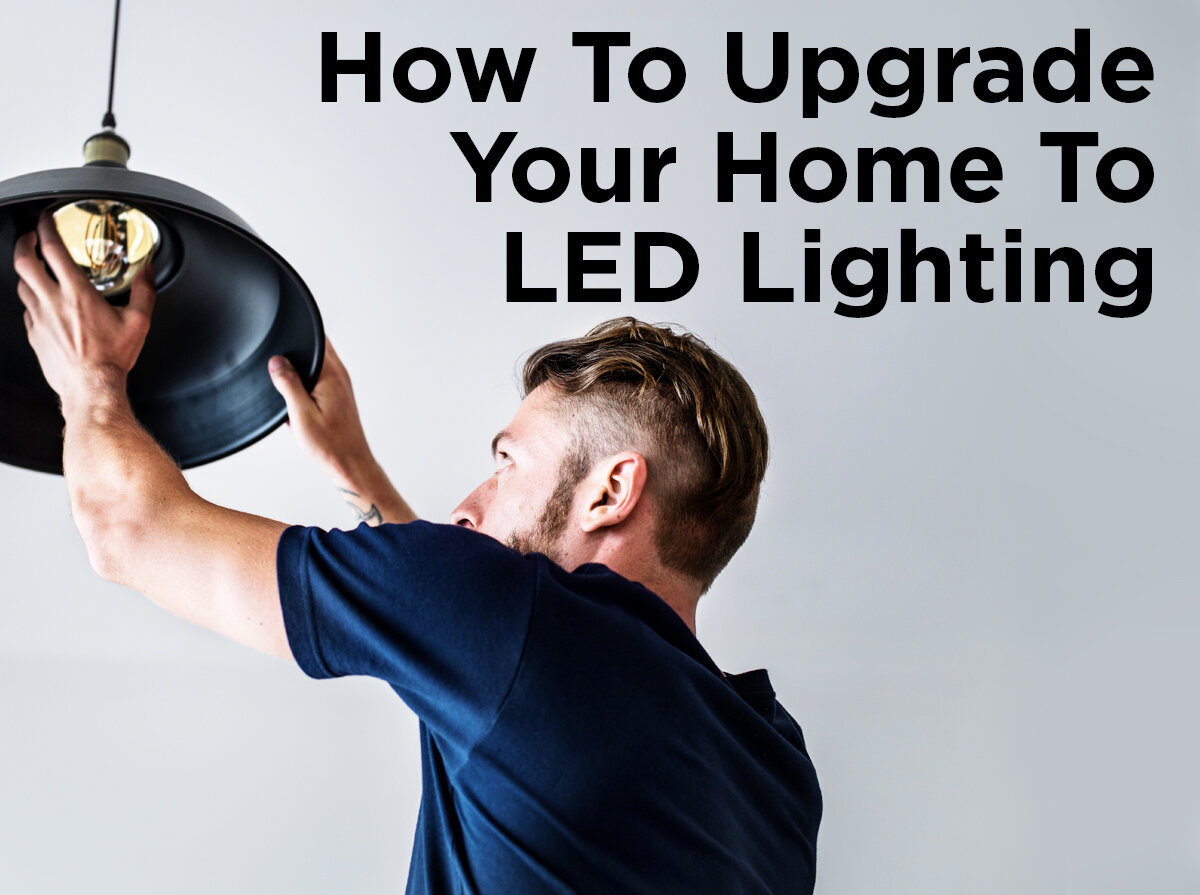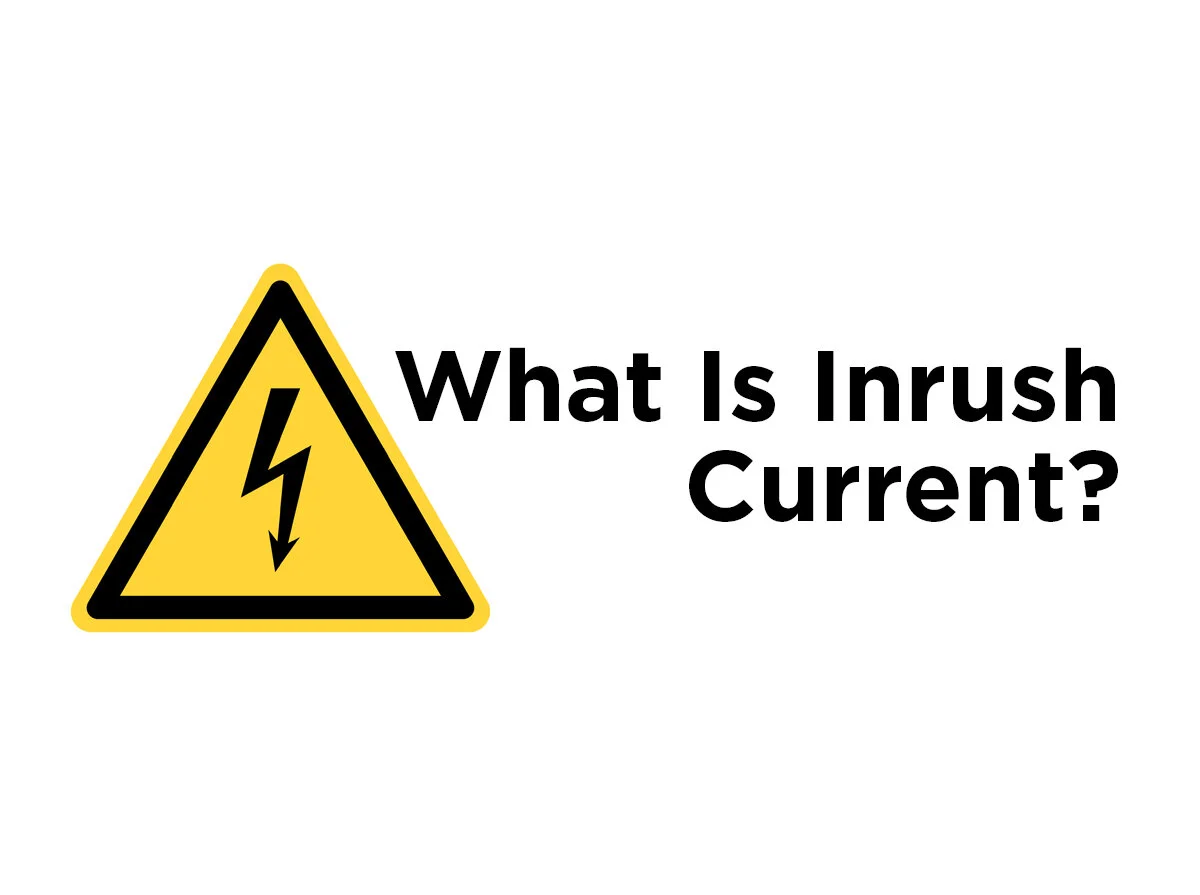What is Smart Lighting?
As we ride further into the future, everything is getting the adjective smart added to it. We have smart watches, smart cars, smart houses, and smart alecks. And now we have smart lighting for our smart homes which we can control from our smart phones. The overuse of the term smarts almost as much as this pun. But what makes a smart light bulb, and what goes into the lighting within a smart home? The short answer is: Lots of wireless connectivity and energy efficiency. Let’s unpack the long answer.
Smart Homes
Smart homes have been around for quite some time. The concept has been around even longer, showing up in many science fiction stories. For instance, a smart home is a protagonist of Ray Bradbury’s short story There Will Come Soft Rains. But unlike in fiction, our homes don’t operate with perfect Jetson’s automation. Nor do they work through fantastic Rube-Goldberg machinations (the complicated machines similar to the old Mousetrap game). Today’s smart homes automate energy demanding resources like temperature, lighting, or water use.
Newer smart thermostats record usage statistics and automatically adjust to your most favorable settings – preventing wasted energy through excess heating and cooling when you aren’t around. Lighting is controlled through timers and occupancy sensors for automatic lighting. Dimmers and energy efficient lighting help to reduce the energy consumption costs as well. As a bonus, many smart homes also include some form of green energy generation like solar panels or a miniature wind turbine to offset costs. Other elements consist of automatic locks or notifications, but the most common smart elements deal with utilities. Smart homes are a complete package of energy efficiency and home automation, but what makes a smart bulb?
Smart Light Bulbs
Smart bulbs have a lot of the same sensibilities, but they carry added features. Automated settings, wireless controls, and a broad range of adjustable features are what sets a smart bulb apart from a standard LED. The energy savings are still there, but the added customizations make these bulbs the easiest method to install smart lighting into your home. Instead of a single controller, each bulb can have:
Wireless controls to allow access from a smart phone via Bluetooth, Wi-Fi, or internet access depending on the brand and configuration.
Automation allowing for on the spot timing for on-and off lighting. Automatic dimming and color correction give you lights that adjust their own color temperature as you wake up or to help you wind down for a good night’s sleep.
Adjustability, giving you control over light levels without needing to find the perfect dimmer. Color temperature or light hue can also be easily adjusted.
But the forefront of smart technology is virtual intelligence through learning and inter-operability. Thermostats learn your settings and become set-and-forget systems. Robot vacuum cleaners learn the layout of a room and clean on their own. Newer LED light bulbs are being equipped with sensors and memories to learn not just your light settings, but how to recognize your ideal ambient lighting so that they can adjust lighting for weather, such as rainy days, automatically.
Interoperability
The last aspect of true smart devices is how they work with everything else. New networks, typically included with a smart light bulb kit, are designed to install and connect with your current smart home network. At the same time, many Wi-Fi based smart bulbs act as a booster or wireless router network hub, allowing you to expand connectivity throughout your home. Some of these bulbs can be triggered by location sensing software from a smartphone or watch to automatically activate when you enter a room or approach your door as well. This means that, at times when you can’t actually upgrade the bulbs, you can install a smart socket that functions in the same way, ensuring that everything, even your older light bulbs, are interconnected within your smart network.
Smart light bulbs, just like any other smart device, create an efficient and interconnected home environment. They save on time and energy cost while adding new features that, while not always destined to be used by everyone, give you a wide range of options for the future. If you’ve tried any of the new smart bulbs that are out, let us know what you think in the comments below. Or send us an image of your set-up through Facebook, Twitter, LinkedIn, Pinterest, or Instagram!







